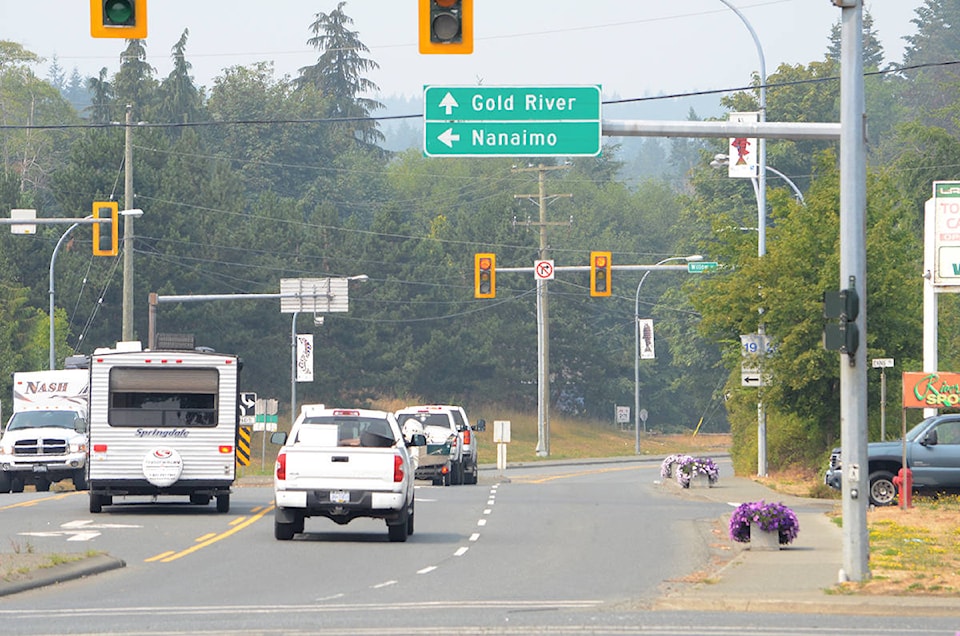Ride-sharing or hailing services have been showing up on government agendas more in recent years.
Now, the province wants to know what local governments think.
The item came up at as a discussion item at the Jan. 9 meeting of the Strathcona Regional District board in the form of some correspondence. In November, the legislative assembly authorized a select standing committee on Crown corporations to make an inquiry into this increasing common form of transportation networking.
“This is the Uber stuff,” said Charlie Cornfield, one of the SRD’s Campbell River directors. “I’m not sure how it would impact small communities. I’d like to see us as a regional district coming back with some comments at the next meeting.”
RELATED STORY: Not giving up: Uber exec to promote ride-sharing at UBCM
The province’s standing committee is looking at four particular topics in terms of establishing regulations on ride-sharing or hailing: the criteria that should be considered when establishing boundaries; balancing regulations with consumer demand; price and fare structures that balance affordability with reasonable business rates for service providers; and what class of driver’s licence should be required to provide service.
At the SRD board meeting, there was no consensus on how important an issue ride-hailing services might be in the near future. Area A Director Gerald Whalley indicated he did not expect it to affect his region in the Sayward Valley greatly or in small municipalities
“It’s a non-event, I think it’s a Campbell River issue,” he said.
Martin Davis, the mayor and SRD director from Tahsis, said people already use existing social networking sites like Facebook to get in touch with others in the community about the availability of rides, adding that offering ride-sharing could be “opening a can of worms” for Tahsis.
Cornfield responded that there can be transportation issues for the region, such as a need for rides between smaller, outlying communities, such as Gold River, and Campbell River.
“How do you get to town? And if you’ve got to call a cab, plan on taking out another mortgage on your place,” he said. “I think there’s opportunities, for sure, to improve that connectivity.”
RELATED STORY: B.C. ride hailing regulation battle to carry on into 2019
Area D Director Brenda Leigh echoed Cornfield’s point, saying with taxis based out of Campbell River, it could cost about $40 to take a taxi from where she lives to the airport, which could be unaffordable for some people. She explained that she took a neighbour to the airport at Christmas because the extra cost of a taxi was too much.
“I think there’s opportunities in the rural areas,” she said. “It would be so convenient and so much less expensive.”
Julie Colborne, Zeballos’s mayor and SRD director, asked if the issue could be referred to the Strathcona Community Health Network, which is looking at how social issues such as transportation may affect health.
RELATED STORY: Strathcona Regional District looks at Gold River transport links
Brad Unger, Gold River’s mayor and director, reiterated Davis’s point about informally using existing social networks, but he did agree with Colborne’s suggestion to refer the matter to the community health network.
Area C Director Jim Abram pointed out there are bigger questions with ride-sharing such as liability in the event of an accident that need to be discussed.
The deadline for local governments to provide comments to the province is Feb. 1. The next SRD board meeting is scheduled for Jan. 24.
